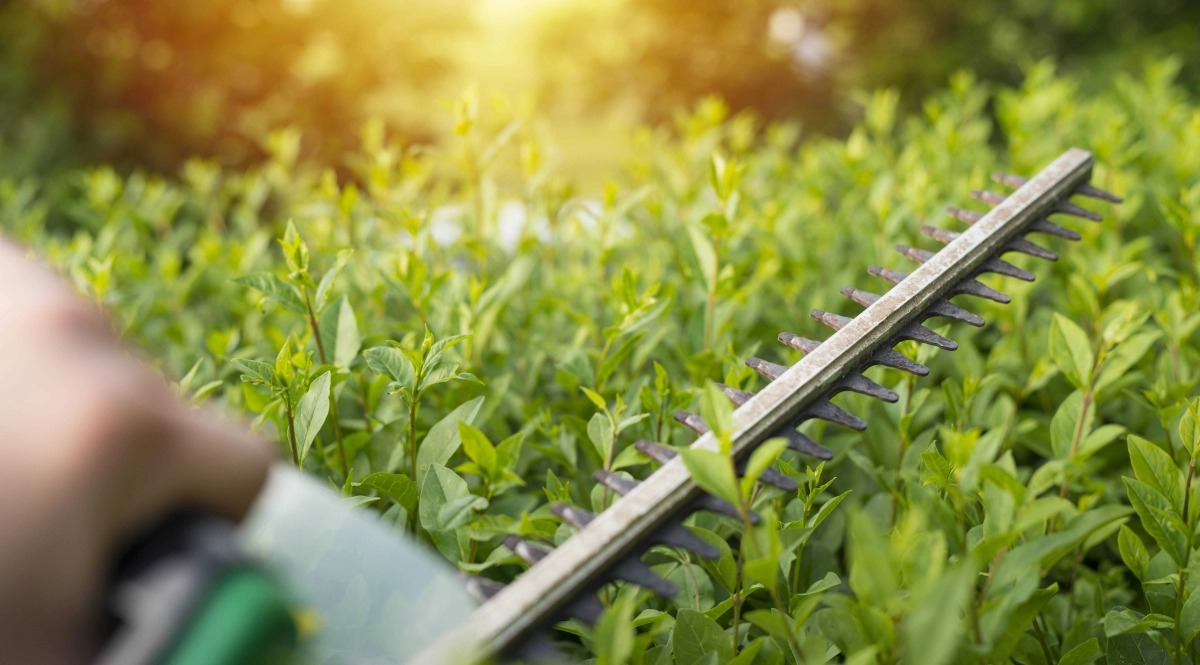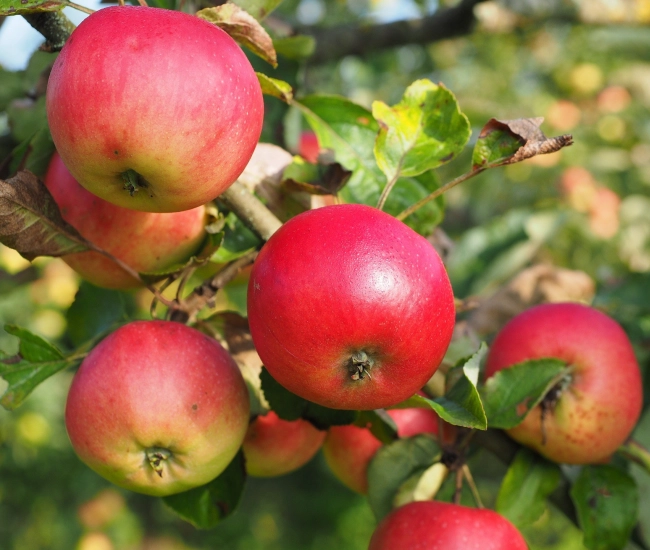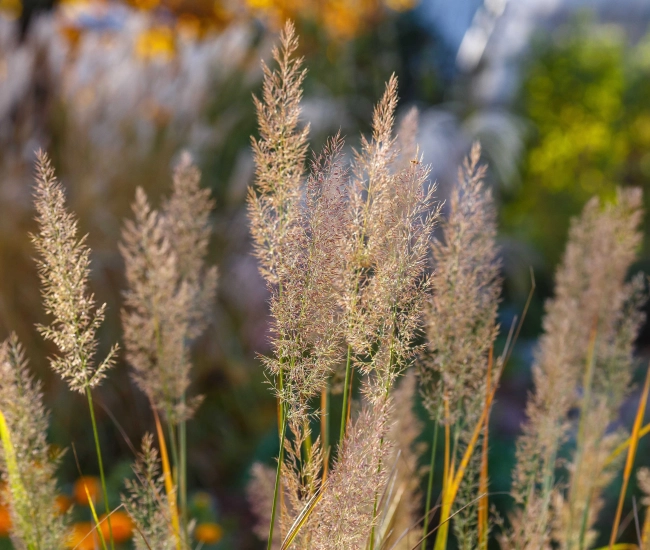
Pruning Your Deciduous Trees and Shrubs: Our Tips
Pruning is a set of techniques aimed at guiding plants through various phases of their growth. This practice might seem ordinary, but the rules you need to follow always depend on the goal you are aiming for.
The Different Goals of Pruning Trees and Shrubs
Pruning deciduous trees and shrubs allows you to:
- stimulate vegetation for better growth
- air out a structure that is too tangled to let light through
- densify branching
- limit the expansion of plants whose volume becomes too large
- improve flowering by prompting the formation of vigorous shoots, as old wood is usually less floriferous
- impose a sculptural shape on the plant, known as topiary art.
Essential Tools for Pruning: What You Need to Get
Several tools can be useful when pruning deciduous trees or shrubs. Here are the essentials:
- pruning shears for small branches
- long-handled pruners or loppers for branches too thick for pruning shears
- hedge clippers for maintaining hedges
- pruning saw for large branches
- telescopic pruners or pole pruners for high branches
- chainsaw for heavy-duty work.
The Different Types of Pruning
Depending on the desired result, there are three different types of pruning:
Formative Pruning
This type of pruning aims to shape the tree to establish a good structure and the desired form while maintaining the tree's natural shape. This is the construction phase of the tree or shrub.
This pruning is very important during the first five years following the planting of a tree or shrub when its vegetative growth is active.
Formative pruning is usually done at the beginning of June or early fall. It is sometimes necessary to:
- form and ensure the dominance of the terminal leader
- reform the terminal leader of a tree after frost or damage
- remove branches that seem to be orienting to form a second terminal leader (head)
- densify the branching of the tree or shrub
- keep a clean trunk.
Maintenance Pruning
Maintenance pruning is done to remove unsightly elements from a tree or shrub or to contain their size.
This pruning, performed during the growth and fruiting phase, can be done year-round on most woody plants. However, it is important to consider the flowering and sap rise of certain plants.
Perform this pruning to:
- eliminate dead or diseased wood that can be a source of disease and a shelter for pests
- cut branches that cross and rub together
- remove unsightly branches
- remove unnecessary branches like suckers.
Rejuvenation Pruning
This very severe pruning is done to reshape trees and shrubs that have been neglected or show poor vegetative growth or decreased flowering or fruiting. The recovery can be gradual and done over several years or be radical. Radical renewal is done by cutting it back to 15 or 20 cm (6 to 8 inches) from the ground in the fall or spring. Several shrubs respond to this treatment by emitting new vigorous shoots that quickly reform a satisfactory foliage volume.
We often rejuvenate the following shrubs:
- honeysuckles (Lonicera)
- ninebarks (Physocarpus)
- rugosa roses and their hybrids (Rosa rugosa).
Some Pruning Rules
To prune your deciduous trees and shrubs properly, follow these tips:
- choose the right tool for the job
- use well-sharpened tools
- cut branches at an angle a few millimeters above an outward-facing bud
- remove a branch from a tree by cutting it flush with the trunk, but keeping the collar near the trunk
- remove less than 30% of the foliage volume
- prune frequently to maintain control
- disinfect tools after use with bleach water.
When is the Best Time to Prune?
In general, the best time to prune your deciduous trees and shrubs is:
- after flowering
- during dormancy, so in spring or fall, for large trees
- during the winter rest of woody plants, for example in February, for formative pruning of fruit trees.
The timing of pruning can also vary depending on the type of tree or shrub. Here are some variations below.
Woody Plants that Bloom on the Previous Year's Wood
Some woody plants produce their blossoms on the wood of the previous year. They should be pruned right after flowering. Here are some examples:
- Japanese quince (Chaenomeles japonica)
- Deutzia (Deutzia)
- Forsythia (Forsythia)
- Spring-flowering spireas (Spiraea)
- Lilacs (Syringa)
- Snowball viburnum (Viburnum opulus ‘Roseum’)
- Weigelas (Weigela).
Woody Plants that Bloom on the Current Year's Wood
Woody plants that produce their blooms on the current year's wood should be pruned in early spring. Here are some examples:
- Panicle hydrangeas (Hydrangea paniculata)
- Potentillas (Potentilla)
- Elders (Sambucus).
Trees that are Pruned in May
- Maples (Acer)
- Birches (Betula)
- Walnuts (Juglans)
- Willows (Salix)
- Lindens (Tilia).
What to Do After Pruning?
After pruning your deciduous trees and shrubs, make sure to:
- fertilize the plant with compost after pruning
- destroy diseased branches
- shred and compost plant debris free of disease and insects.
Tips and advice



